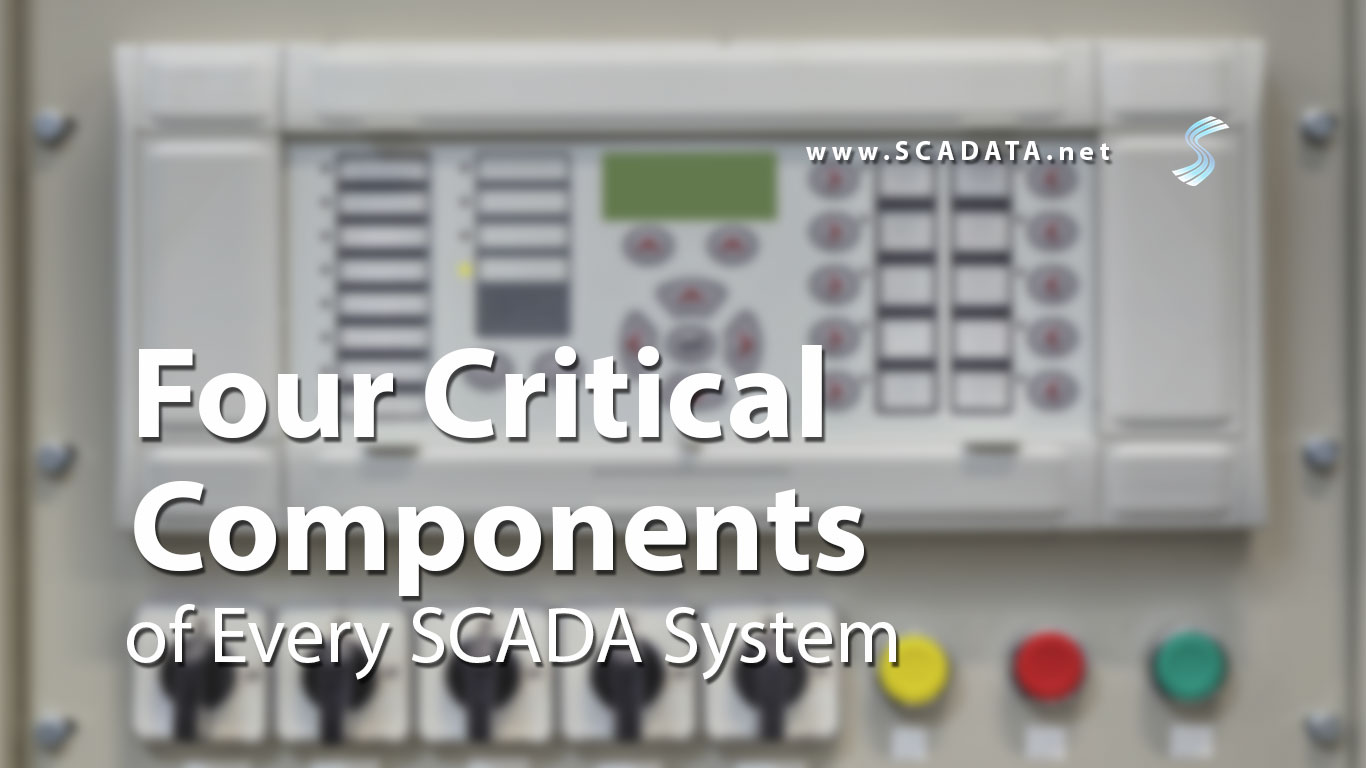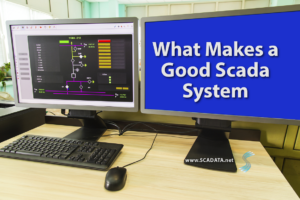If you plan to implement SCADA, you will need to understand the four critical components of every system. SCADA systems (or Supervisory Control and Data Acquisition systems) are commonly used in various industries to monitor and control devices in remote or inaccessible locations. Your system may come equipped with different parts to suit your individual needs, but each system needs four basic components.
Sensors
These can be either digital or analog, but ultimately their purpose is the same: To help users measure and collect data from various locations, usually remote. The more complex your system, the more sensors you may need in place.
The types of sensors you find in SCADA systems will vary. They can measure inputs (water filling up a tank) or outputs (pressure from the release of air or water). Digital sensors measure �discrete� inputs, or simple on/off signals. For example, digital sensors can tell you whether a light is on or an alarm has been tripped.
Analog sensors can detect continuous changes at a site, and are often used for situations where an exact measurement is needed. Commons uses include checking water levels, temperature, and voltage.
Check out this white paper from DPS Telecom for more information about using sensors in a SCADA system.
Conversion Units
Your sensors will collect all the data you need, but you also need to be able to receive and interpret that data. This is where conversion units come in. These are connected to your sensors. The conversion units convert the information they receive into digital information, which is then sent to you.
The two most common types of conversion units used in a SCADA system are RTUs and PLCs. Which unit do you need? That depends on what you want to do.
- RTUs, or �Remote Terminal Units,� are electronic devices controlled by a microprocessor. Their main function is to interface a SCADA system with whatever objects or sensors the RTUs are connected to. Typically, they transmit information via wireless communication, and are considered best for functions covering a broad geographical area.
- PLCs, or �Programmable Logic Controllers,� on the other hand, are ideal for situations where you want more local control, such as a factory setting. PLCs are essentially digital computers and are specially designed for output arrangements and multiple inputs. Sometimes they�re used in place of RTUs because of their versatility. However, you may need to have some programming skills to make the most out of them.
A little confused? Check out Semaphore’s white paper for more detailed information regarding RTUs and PLCs.
Master Units
The master unit is essentially the supervisory computer system. These units serve as the SCADA system�s central processor. They provide a human interface and automatically regulate the system based on information from the sensors.
While the �units� themselves are typically larger computer consoles, there are several other SCADA components, such as software programs and HMIs, which could be filed under this category as well.
HMI, or �Human�Machine�Interface,� is a device that allows you to view and interact with collected and processed data. In most cases, this is done through a graphical user interface, such as a computer monitor. This interface is often used to perform tasks like collecting data, making reports, and sending out notifications.
The HMI generally requests data from a data acquisition server, a piece of hardware which is used to connect software services to your conversion units out in the field (RTUs and PLCs). As the name implies, the server makes �data acquisition� from these units possible. Check out Wonderware to discover the difference between HMIs and SCADA.
Your SCADA system may also use a software service such as an Operational Historian. The Historian also requests data and creates a database of time-stamped data. This is important because it shows trends and other information related to the system�s processes over time.
Communications Networks
Finally, the system will use some type of communications technology to connect your conversion units to the SCADA master unit. Methods of communication will vary from system to system, but they can be divided into two basic categories: wired (telephone lines, WAN circuits) and wireless (radio, cellular, satellite). Need more information? Here are some tips for choosing the right communication network for your SCADA system.




